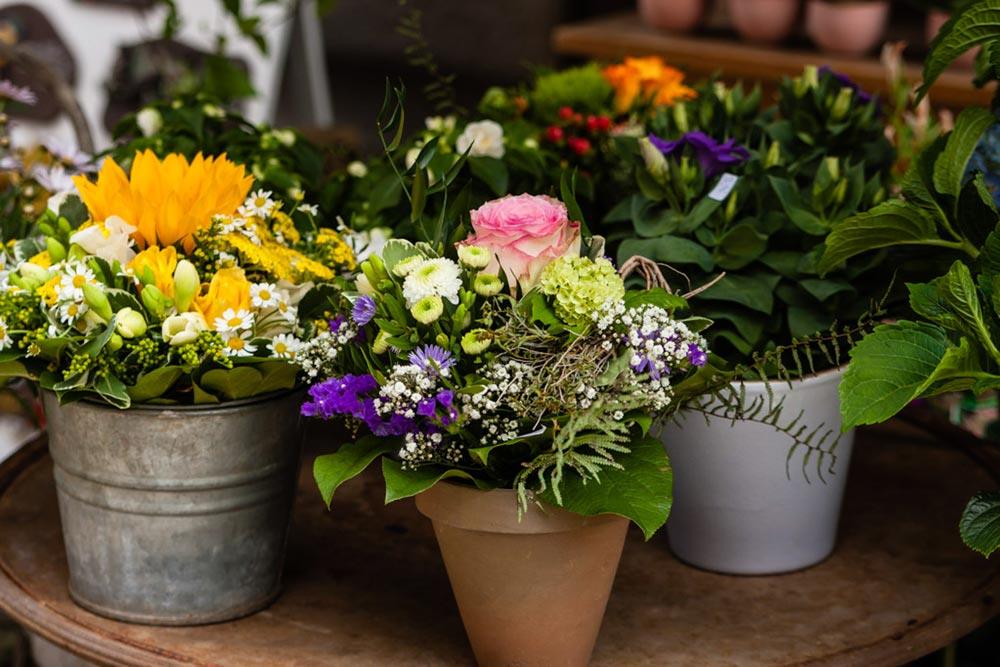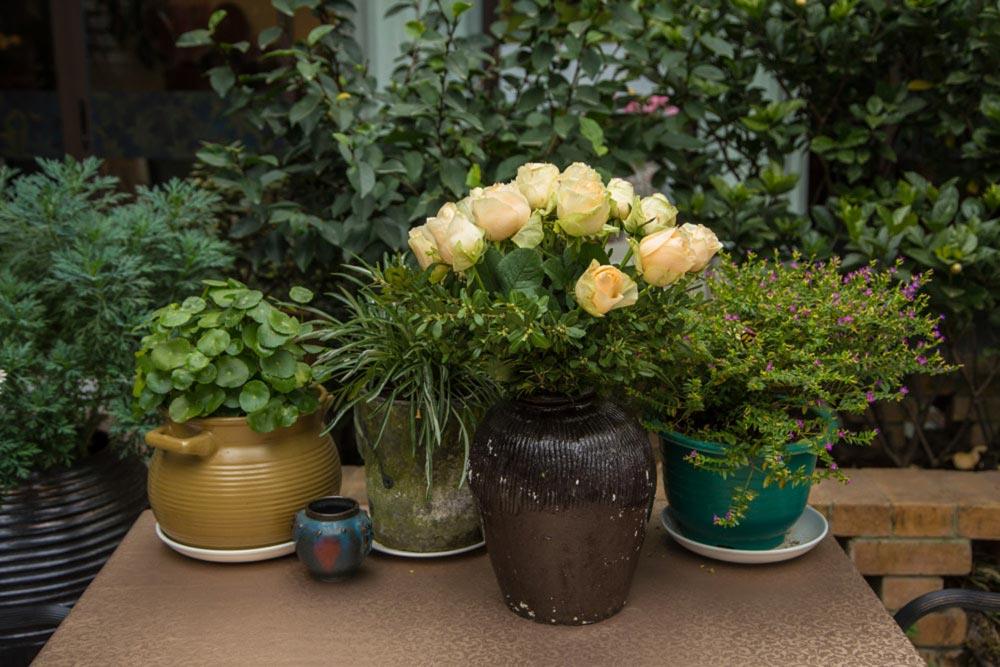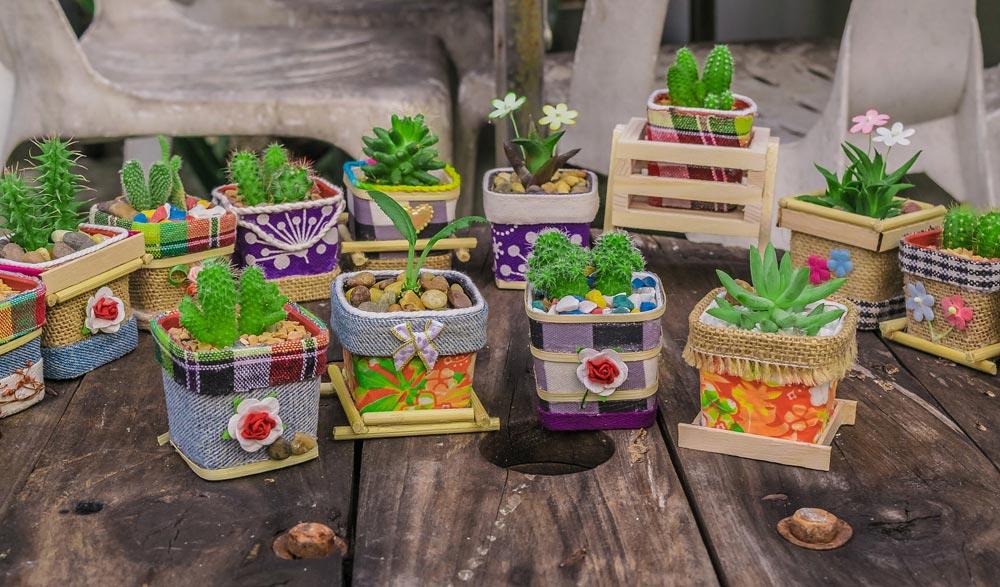Dianthus cultivation methods and precautions
Last Update :2024.06.18
Article Catalog
There is a saying that goes well: It is easy to look at flowers, but difficult to grow them. When many people look at flowers, they will say a few words of praise, such as this flower is beautiful and that flower is delicate, but they don't know how much effort the breeder has put into it. It can be seen that growing flowers is not an easy task. It requires certain methods. For example, the sea dianthus we are talking about today requires a certain amount of energy to grow well. So how to grow it? Let’s take a look.

1. Breeding methods
1. Breeding methods
1. Soil
If you want to grow it in a pot, you must choose good pot soil for planting. Generally, some loose and well-drained soil is selected, which is more suitable for its growth. But if you want to plant in a large area, it is best to choose some high-lying, dry and well-drained places, and the soil is preferably leaf mold rich in organic matter.
2. Temperature and light
If you want it to grow well, you need to control the temperature and light well. Generally, it can grow well at a temperature of 15 to 25 degrees. . In addition, light conditions are also very important. There must be sufficient light during its growth, because it is very light-loving. Only with sufficient light can it grow better.
But although it likes light, it can’t be too much. For example, when encountering hot weather in summer, the light is relatively strong at this time, so we need to properly shade it at this time, otherwise it will get sunburned. Generally, it is moved under the shade of a tree and its leaves should be properly sprayed with water to reduce the temperature.

3. Management of fertilizer and water
It does not have high requirements for fertilizers, and it does not require a lot of fertilizer. Generally, it is enough to apply fertilizer to it every 2 to 3 weeks. When it comes to watering, it also needs to be appropriate. We can determine the amount of watering for it according to the weather conditions, so that it can be well maintained.

2. Precautions
It It is relatively easy to be infected by some diseases, the most important of which is rust. Special attention should be paid to it when breeding. When this disease first occurs, blister-like spots will appear on the leaves and stems of the plant. After a period of time, the epidermis of the plant will begin to crack. After cracking, yellow powder will be emitted. In some cases, the entire leaves will turn yellow, and in the later stages, the damage will be even greater.
Prevention and control methods: First of all, we can give it more ventilation, weed frequently, and fertilize reasonably. We cannot apply too much nitrogen fertilizer. Secondly, you can also clear and burn all diseased plants in late autumn or early spring.

2. Precautions
- END -
The Difference Between Daisy and Chrysanthemum

Different plant types: Daisy is one of the latter varieties, with a relatively low...
What kind of plant is creeper and what are the characteristics of its leaves?

It is a large deciduous vine, a perennial plant of the grape family, often climbin...